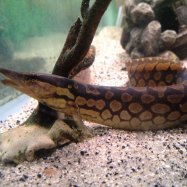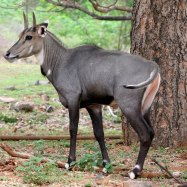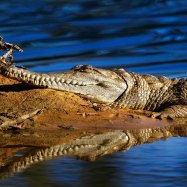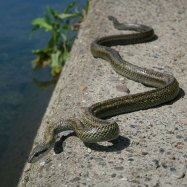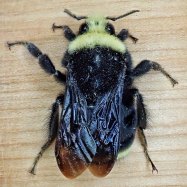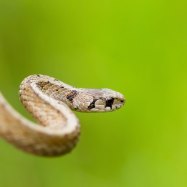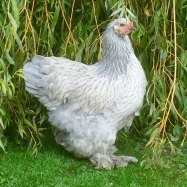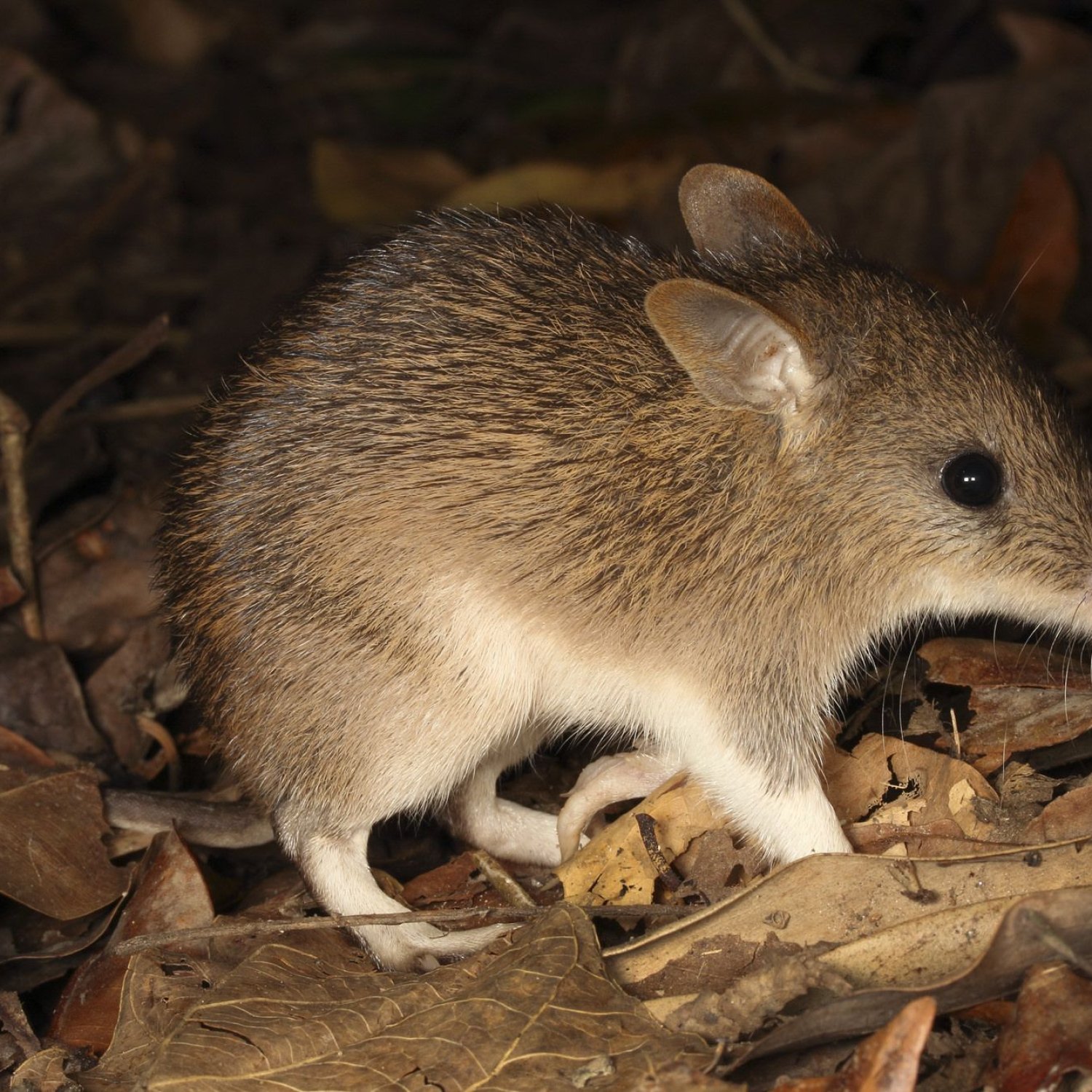
Bandicoot
30-55 cm
The bandicoot, a small and compact marsupial with short limbs, can be found in the eastern and southern regions of Australia. Belonging to the Peramelidae family, these adorable animals measure between 30-55 cm in length and have unique features that make them stand out in the animal kingdom. Keep an eye out for these fascinating creatures on your next visit to Australia! #Bandicoot #Australia #Peramelidae
Animal Details Summary:
Common Name: Bandicoot
Kingdom: Animalia
Habitat: Woodlands, forests, grasslands, and heathlands
The Fascinating World of Bandicoots: Uncovering the Mysteries of This Unique Australian Mammal
The vast and diverse continent of Australia is home to some of the most unique and extraordinary animals in the world. One of these fascinating creatures is the bandicoot, a small marsupial that has been intriguing scientists and nature enthusiasts for centuries. With its peculiar appearance and distinctive behaviors, the bandicoot is a true marvel of the animal kingdom. In this article, we will take a closer look at these captivating creatures, their characteristics, and their place in the Australian ecosystem Bandicoot.The scientific name of the bandicoot is Perameles nasuta, but it is more commonly known as the bandicoot. This name comes from the Telugu word "pandikokku," meaning pig-son, which was used to describe the animal by early European settlers in Australia. These cute creatures belong to the animal kingdom, phylum Chordata, and class Mammalia. They are further classified under the order Peramelemorphia and the family Peramelidae.
Found only in Australia and New Guinea, bandicoots have a wide geographical distribution, but their country of origin is undeniably Australia. These marsupials can be found in the eastern and southern regions of the continent, with the greatest diversity in terms of species and population found in the eastern parts. They thrive in a variety of habitats, including woodlands, forests, grasslands, and heathlands, making them adaptable and resilient creatures.
One of the characteristic features of the bandicoot is its omnivorous feeding habit. These small marsupials have a varied diet, consisting of insects, small reptiles, fruits, and seeds Basilisk Lizard. They use their sharp claws and strong snouts to dig for food, often leaving behind small conical holes in the ground, a sign of their presence in an area. This diet, combined with their natural curiosity and wanderlust, makes them vital in the dispersal of seeds and the maintenance of the ecosystem.
Bandicoots are known for their unique body shape that sets them apart from other Australian mammals. They are small, compact animals, with a length of 30-55 cm, and short, powerful limbs. Their fur color can range from gray to brown, depending on their species and habitat. This subtle coloration allows them to camouflage themselves in the bush, making it easier for them to avoid predators such as foxes, cats, and birds of prey.
One of the most remarkable features of bandicoots is their reproductive process. Like other marsupials, they are born underdeveloped and spend the early part of their life in their mother's pouch. However, what sets them apart is their unique reproductive strategy called embryonic diapause. This means that females can pause their pregnancies if environmental conditions are not favorable and resume the gestation process when conditions improve. This adaptation has allowed bandicoots to survive and thrive in the ever-changing Australian climate.
In addition to their reproductive adaptations, bandicoots also possess impressive physical abilities. Despite their small size, they have powerful hind legs that can propel them to speeds of up to 40 km per hour, making them one of the fastest marsupials in the world. This agility and speed come in handy when escaping from predators or foraging for food.
Bandicoots are also known for their solitary nature. Unlike other Australian marsupials such as kangaroos, they do not form large social groups. Instead, they prefer to roam and forage on their own, only coming together for breeding purposes. This independence and self-sufficiency make them resilient and adaptable to changes in their environment, making them vital in maintaining biodiversity.
The bandicoot's role as a keystone species in the Australian ecosystem cannot be overstated. Their diverse diet and habitat mean that they play a crucial role in controlling insect populations, which helps maintain the balance between plants and animals. They are also important seed dispersers, which contributes to the growth and sustainability of different plant species. Without bandicoots, the fragile ecosystem of Australia would suffer greatly.
Despite their vital role in the ecosystem, bandicoots face many threats to their survival. Habitat destruction, mainly due to urbanization and agriculture, is one of the biggest challenges they face. The introduction of non-native species such as foxes and cats has also had a detrimental effect on bandicoot populations, as these predators often hunt them for food. As a result, several species of bandicoots are classified as vulnerable or endangered, highlighting the urgent need for conservation efforts.
To protect bandicoots and their habitats, conservationists have implemented various strategies, including the establishment of protected areas, predator control programs, and captive breeding programs. Awareness and education efforts have also been crucial in encouraging people to coexist with these fascinating creatures and to educate them on the importance of preserving biodiversity.
In conclusion, the world of bandicoots is an enchanting and complex one. These small but mighty marsupials have captured the hearts and minds of many with their unique characteristics and their vital role in the Australian ecosystem. As we continue to discover and learn more about these extraordinary animals, it is crucial that we work towards preserving their habitats and protecting their survival. After all, the bandicoots have been a part of Australia's natural ecosystem for centuries, and it is our responsibility to ensure that they continue to thrive for generations to come.

Bandicoot
Animal Details Bandicoot - Scientific Name: Perameles nasuta
- Category: Animals B
- Scientific Name: Perameles nasuta
- Common Name: Bandicoot
- Kingdom: Animalia
- Phylum: Chordata
- Class: Mammalia
- Order: Peramelemorphia
- Family: Peramelidae
- Habitat: Woodlands, forests, grasslands, and heathlands
- Feeding Method: Omnivorous
- Geographical Distribution: Australia and New Guinea
- Country of Origin: Australia
- Location: Eastern and southern Australia
- Animal Coloration: Gray or brown
- Body Shape: Small, compact body with short limbs
- Length: 30-55 cm
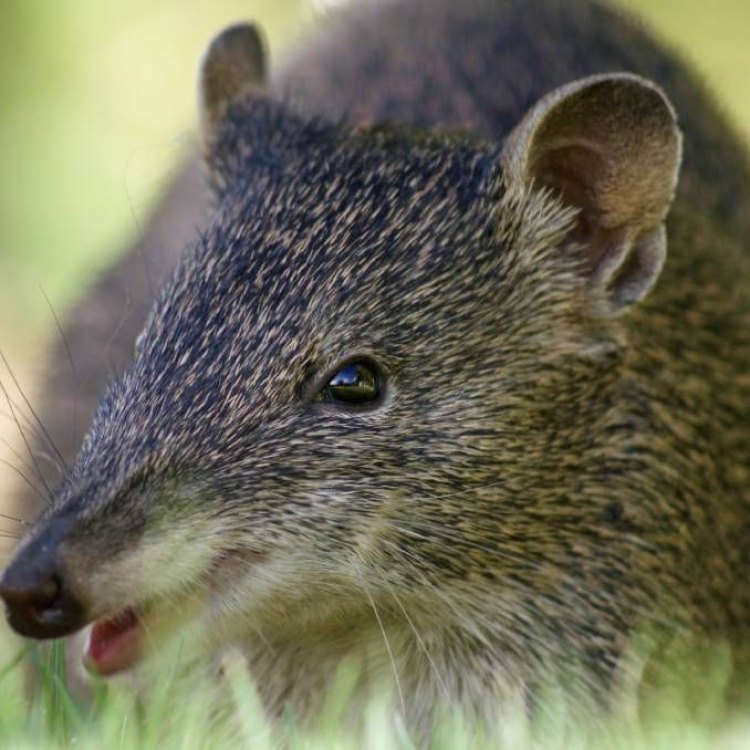
Bandicoot
- Adult Size: Small to medium-sized
- Average Lifespan: 2-5 years
- Reproduction: Sexual
- Reproductive Behavior: Males attract females through vocalizations and scent markings
- Sound or Call: High-pitched vocalizations
- Migration Pattern: Non-migratory
- Social Groups: Solitary or small groups
- Behavior: Nocturnal and fossorial (burrowing)
- Threats: Loss of habitat, predation by introduced species
- Conservation Status: Least Concern
- Impact on Ecosystem: Important role in seed dispersal and soil aeration
- Human Use: None
- Distinctive Features: Pointed snout and large hind feet
- Interesting Facts: Bandicoots are excellent diggers and use their forelimbs and snout to locate insects and other small invertebrates in the soil.
- Predator: Introduced predators such as foxes and cats

Perameles nasuta
The Fascinating World of Bandicoots: Small but Mighty Creatures of the Australian Outback
In the vast and diverse continent of Australia, there exists a group of small to medium-sized mammals that often go unnoticed by many. These creatures, known as bandicoots, may not be as well-known as kangaroos or koalas, but they play a vital role in the Australian ecosystem.Bandicoots are fascinating creatures that belong to the order Peramelemorphia, which includes other small marsupials such as bilbies and quolls. They are found throughout Australia, with some species also found in New Guinea and surrounding islands PeaceOfAnimals.Com. These mammals have a distinctive appearance and behavior, making them a unique and interesting subject to study.
Adult bandicoots vary in size, with some species being as small as a rabbit and others as large as a domestic cat. They have a lifespan of 2-5 years, with some species living up to seven years in captivity. Despite their relatively short lifespans, they make the most out of their time by playing an essential role in their environment.
Bandicoots are sexual reproducers, meaning that they require a male and female to produce offspring. Males attract females through vocalizations and scent markings, making them highly active during the breeding season. These unique behaviors make studying bandicoots an exciting experience, as researchers can witness their reproductive behavior firsthand.
Speaking of vocalizations, bandicoots are known for their high-pitched calls. These calls serve various purposes, from attracting mates to warning others of potential danger Bernese Mountain Dog. Bandicoots are also known to communicate through scent markings, leaving behind a trail for other bandicoots to follow and understand.
One of the most interesting features of bandicoots is their behavior. These creatures are nocturnal, meaning they are most active at night. They are also fossorial, which means they are adapted for digging and live most of their lives underground. This behavior makes them challenging to study, as they are not often seen in the wild. However, their nocturnal and fossorial nature adds to their unique nature and contributes to their survival in the harsh Australian landscape.
Bandicoots are solitary creatures, but they may be found in small groups of two to three individuals. They are not known for migrating, and most species are considered non-migratory. Instead, they establish territories and defend them against other bandicoots. This territorial behavior also contributes to the survival of the species, ensuring that resources are not overexploited.
But like many other species in the world, bandicoots face numerous threats to their survival. The loss of habitat due to human activities is one of the major threats they face. As humans continue to expand and develop land for agriculture and urbanization, bandicoots lose their natural homes. This not only affects the bandicoots but also disrupts the balance of the ecosystem, as they play a vital role in seed dispersal and soil aeration.
Another significant threat to bandicoots is predation by introduced species. Introduced predators such as foxes and cats have caused a decline in many native species, including bandicoots. These predators are not a natural part of the Australian ecosystem, and therefore, the native species have not evolved to defend themselves against them. This has led to a decline in bandicoot populations, making them a species of concern for conservation efforts.
Despite these threats, most bandicoot species are currently listed as Least Concern on the IUCN Red List. However, continuous efforts must be made to protect these unique creatures and ensure their survival in the wild.
Apart from their role in the ecosystem, bandicoots do not have any significant human use. However, they do have distinctive features and behavioral traits that make them interesting to study and observe. Bandicoots have a pointed snout and large hind feet, which they use for burrowing and digging. These features make them excellent excavators, allowing them to locate insects and other small invertebrates in the soil.
Some interesting facts about bandicoots include their excellent sense of smell, which helps them locate food in the dark. They have a keen sense of hearing, making them highly responsive to any potential danger. They are also excellent climbers, using their sharp claws to climb trees and forage for food.
Despite being relatively small in size, bandicoots have a formidable predator – introduced predators such as foxes and cats. These animals are not only a threat to the bandicoots but also to other native species. To help protect bandicoots and other native animals, programs have been implemented to control and manage the populations of these introduced predators.
In conclusion, bandicoots are a unique and fascinating group of creatures that play an important role in the intricate web of the Australian ecosystem. These small but mighty mammals face various threats to their survival, but efforts are being made to protect and conserve them. With their distinctive features, behavior, and interesting facts, bandicoots continue to capture the attention and curiosity of researchers and wildlife enthusiasts alike. So, the next time you come across a bandicoot, take a moment to appreciate these remarkable and often overlooked creatures of the Australian outback.
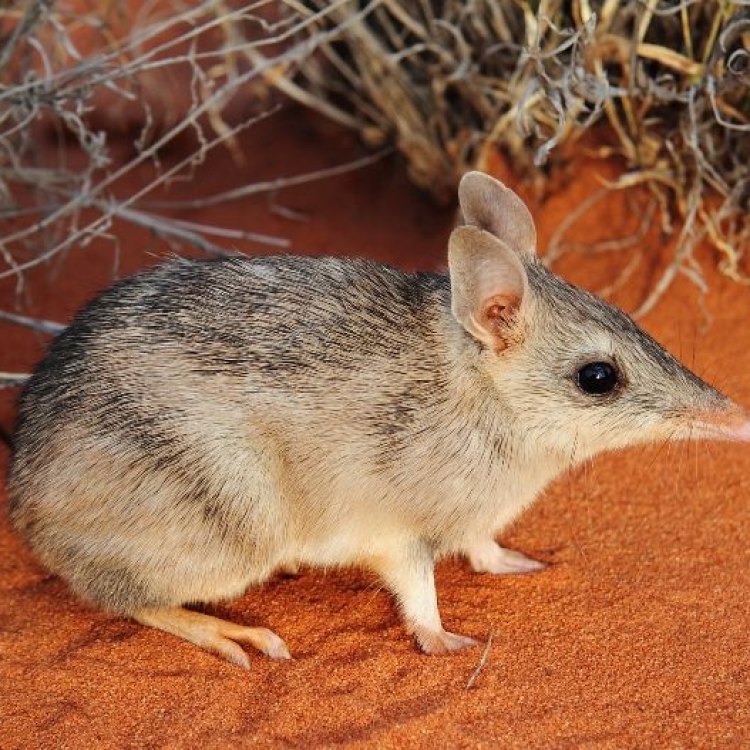
The Fascinating World of Bandicoots: Uncovering the Mysteries of This Unique Australian Mammal
Disclaimer: The content provided is for informational purposes only. We cannot guarantee the accuracy of the information on this page 100%. All information provided here may change without prior notice.


